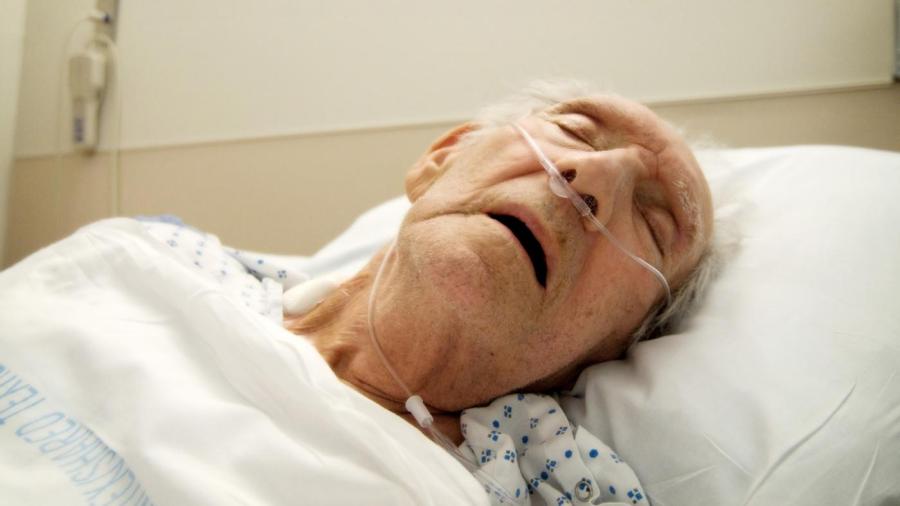What Are the Five Stages of Dying?

The five stages of dying are denial and isolation, anger, bargaining, depression, and acceptance, according to the University of Kentucky. These stages are based on the research of Elizabeth Kubler-Ross in “On Death and Dying” and they are called the Kubler-Ross Theory.
The Kubler-Ross Theory is also shortened to DABDA, which stands for the first letter in every stage, About.com explains. The first stage, denial and isolation, occurs in people upon first hearing news that they or a loved one is dying, states the University of Kentucky. The shock response evolves into isolating oneself from other people. The second stage is anger, and it manifests uniquely in different people. Some people go through a “Why me?” phase, while some take out this anger on others.
The third stage of grief is bargaining, reports the University of Kentucky. The individual usually tries to negotiate with God to postpone or avoid death. Depression soon follows, characterized by not just the inevitable future loss, but past losses as well. This depression is either reactive, focusing on the past, or preparatory, focusing on the future. The final stage is acceptance, and this isn’t necessarily an inevitable stage. A person can fight against death until the very end and never reach acceptance. Those who do reach acceptance surrender to the inevitability of death and experience a numbness of emotion.





